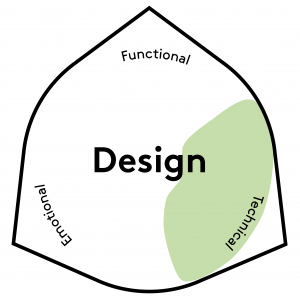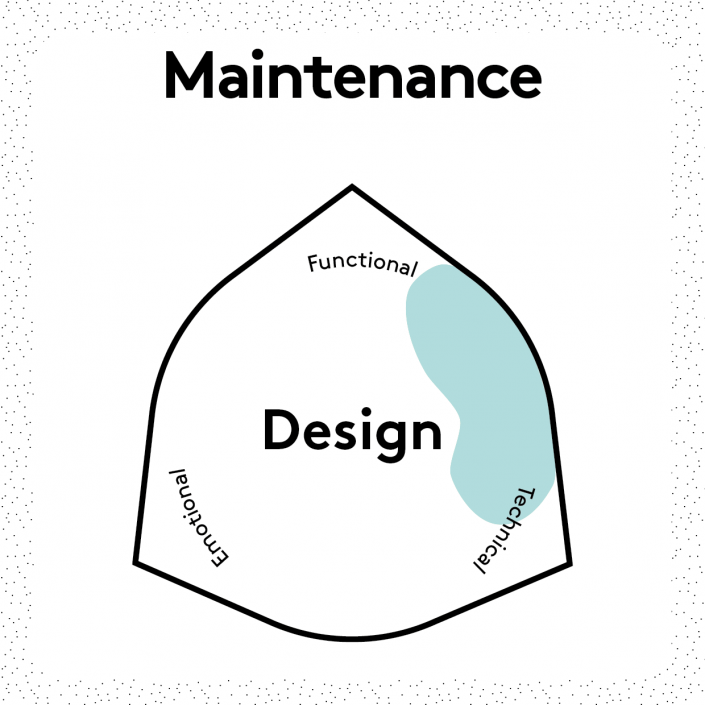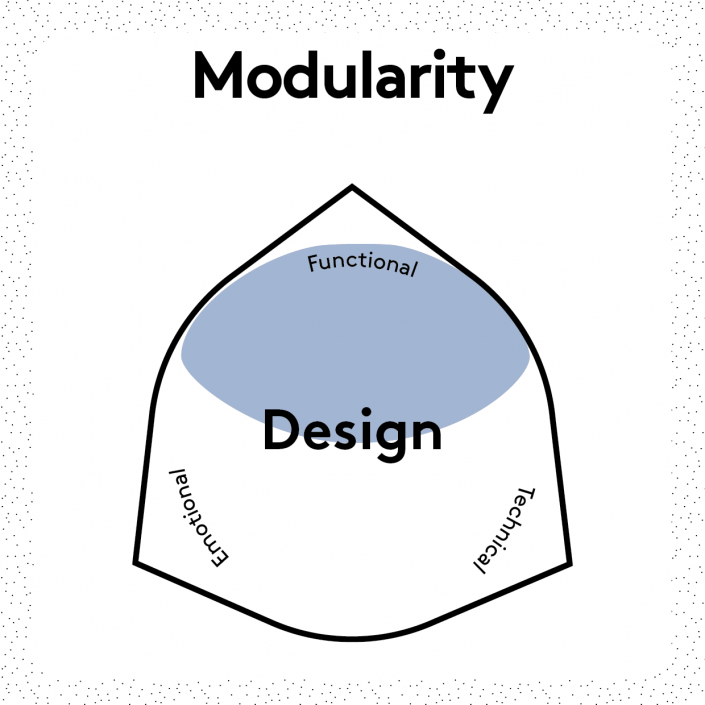What?
To align a technology and material’s durability with the intended product lifespan, with respect to functional properties such as abrasion, supportability, degradability or ageing.
Why?
Optimizing or estimating the product lifespan can minimise resouces use and ensure the right material choice. One example could be that for disposable products (like a paper plate) a criterion may not be ‘long lasting’ but ‘compostable’.
Challenges
- It can be difficult to estimate wear and tear in use contexts.
- It can be costly and troublesome to perform standardised tests.
Examples
- Waste management bags made of Mater-Bi by Novamont are biodegradeable and compostable.
- Product and material specifications that define performative properties, such as abrasion, e.g. ISO 12947-1:1998) and tearing resistance and dimension stability, e.g. ISO 6330:2012.
- See the work of Julia Christensen on the obsolescence of Hard Copies and on the ‘upgrade culture’.
Further Reading
Cardoso Satyro et al. (2018). Planned Obsolescence or Planned Resource Depletion? A Sustainable Approach. Journal of Cleaner Production, 195, 744-752.
Cooper et al. (2017). New Product Development and Testing Strategies for Clothing Longevity. PLATE Conference, TU Delft.
Slade (2006). Made to Break: Technology and Obsolescence in America. Harvard University Press.









